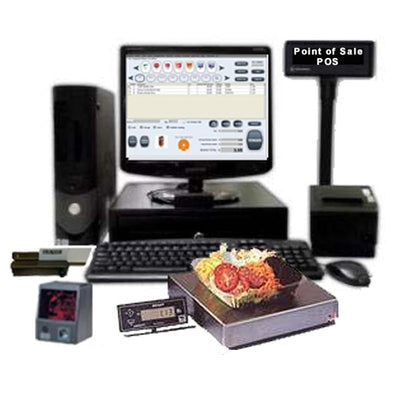The technology that drives the retail and service sector are evolving. The current POS system is at the core of this change. It’s an amalgamation of hardware and sytems that transcend cash registers receipts, and other features that are basic. It’s not just about collecting payments. Today, the point of sales experience is about operational intelligence, customer insight, and seamless integration across every aspect of the business.

POS Software’s Heart: Beyond Transactions
While a conventional setup may manage the basic tasks, POS software can act as central command. It updates stock automatically and provides alerts when items are running out. It monitors the sales history and preferences. Every transaction is transformed into a valuable record for future marketing decisions and purchasing.
One of the lesser-known characteristics of a great POS system is its ability to connect the dots between different departments. Some systems integrate time clocks used to calculate salaries and schedule employees, instead of managing payroll in a separate manner. This results in a more efficient workflow, with less administrative stress.
For companies that have a physical and online presence, today’s POS software offers vital syncing capabilities. Products in stores can be synchronized with online stock in real-time and prevent double-selling. With the shift towards hybrid buying where customers might browse online and then purchase in-store, this system becomes vital.
Why Integration is More Important than ever
Modern POS systems are a fantastic illustration of integration. The days of having to juggle various tools that couldn’t “talk” with one another are over. A strong POS platform is defined by its ability to link sales, inventory management, staff management, and accounting.
Think about customer experience. A single scan at checkout can reveal the loyalty points of a customer and apply discounts that are relevant, and then send an e-receipt directly to their inbox all without slowing the process. On the back end, the same sale is used to update the revenue totals along with stock availability and daily reports. This provides a personalized shopping experience and minimizes possible errors and manual input.
For business owners and managers This level of understanding is vital. This accurate, real-time data helps managers react more quickly to changing patterns of demand, to adjust pricing strategies, and also staff their teams appropriately during the peak periods.
The long-term benefits of smart Investment
It’s no wonder that increasing numbers of enterprises invest in POS systems. They deliver measurable outcomes. Not just in speed or accuracy, but in their ability to support smarter decision-making and long-term growth. A well-implemented point-of-sale system can simplify operations and uncover patterns that you may have missed.
Additionally, with the growth in consumer expectations that a modern point of sale setup is now a crucial but insignificant element of the customer experience. Fast checkouts, accurate inventory updates, and digital payment flexibility are all part of the standard requirements. Businesses that can meet these aspects earn more respect as well as more repeat visits.
Final Thoughts
A modern POS is much more than a tool to process checkouts. It’s an interface between you, your staff and customers. Point of sale POS Software helps you to understand your business at an even deeper level. It provides clarity in decisions and increases efficiency in execution.
To stay ahead in a competitive market is about being informed, agile and customer-focused. With a clever integrated POS point of sale system at your side, you’re not just making sales, but you’re creating something that will last.
